8 Key Milestones For Starting To Socialize Your Dog
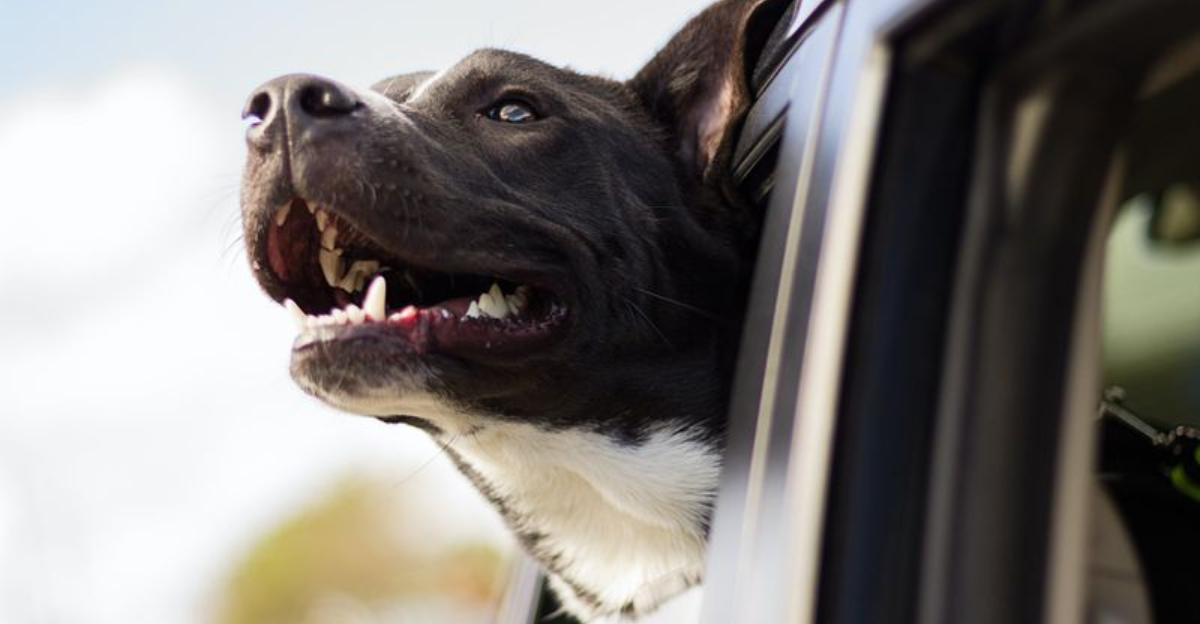
Starting your dog on the right paw in the social world is a journey filled with fun, discovery, and a little bit of chaos. Socializing your dog is not just about introducing them to other dogs, but also about ensuring they enjoy a well-rounded experience in the world around them.
This list offers a playful yet informative guide to the key milestones every dog owner should know. Let’s embark on this wag-worthy adventure together!
1. Puppy Playdates
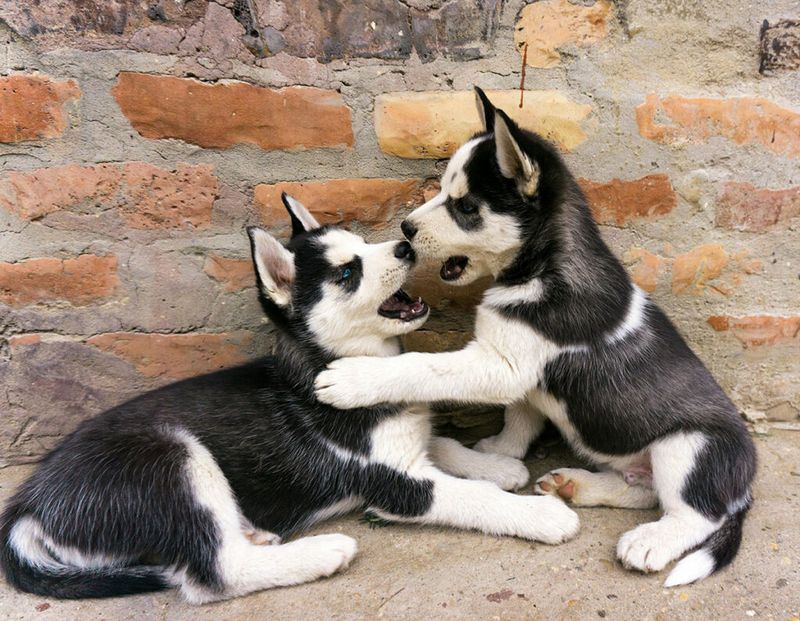
Who says only humans can have playdates? Setting up puppy playdates is a fantastic way to initiate your furry friend into the world of social interactions. These gatherings provide a controlled environment where puppies can learn the art of play, communication, and the occasional friendly tussle. Picture a fluffy golden retriever bounding around with a sprightly poodle – it’s all part of the social learning curve.
Puppy playdates teach dogs to read social cues. They learn when a tail wag means ‘let’s play’ or when a bark says ‘back off.’ It’s like teaching them doggy etiquette, one playful romp at a time. Plus, you’ll have a blast watching them tumble and prance with abandon.
As an owner, ensure all participating pups are vaccinated. Safety first, always! Keep these sessions short and sweet to prevent overstimulation. When playtime ends, your pup will be a little more savvy about the social world. It’s a pawsitive step towards growing up! Each of these moments helps mold your pup into a confident, well-adjusted adult dog.
2. Visit to the Vet
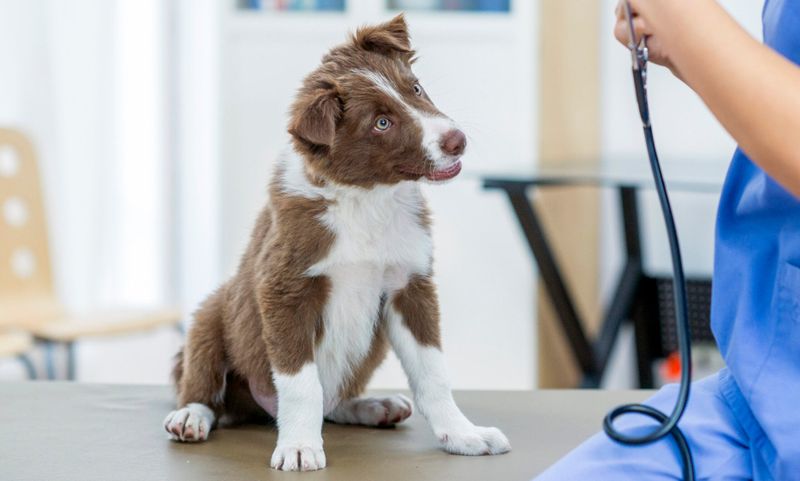
The vet’s office might not sound like the most thrilling place, but it’s essential for your pup’s socialization. Regular visits make the vet a familiar face rather than a foe. For puppies, this means learning that being handled by strangers can lead to treats and praise.
Introducing your dog to the vet early helps reduce fear and anxiety in the long run. The hustle and bustle of the clinic—other pets, people, and the beeping of medical gadgets—becomes a normal part of life. Plus, it’s a great opportunity to practice patience and calm waiting skills.
Make these visits positive by bringing your pup’s favorite treats or toys. Engage in some light training in the waiting room to keep them focused and relaxed. The vet’s office transforms from a place of dread to a venue for new experiences and social growth. With every visit, your pup learns to face new environments with confidence. The vet becomes not just a doctor but a teammate in your dog’s healthy, sociable lifestyle.
3. Walks in the Park
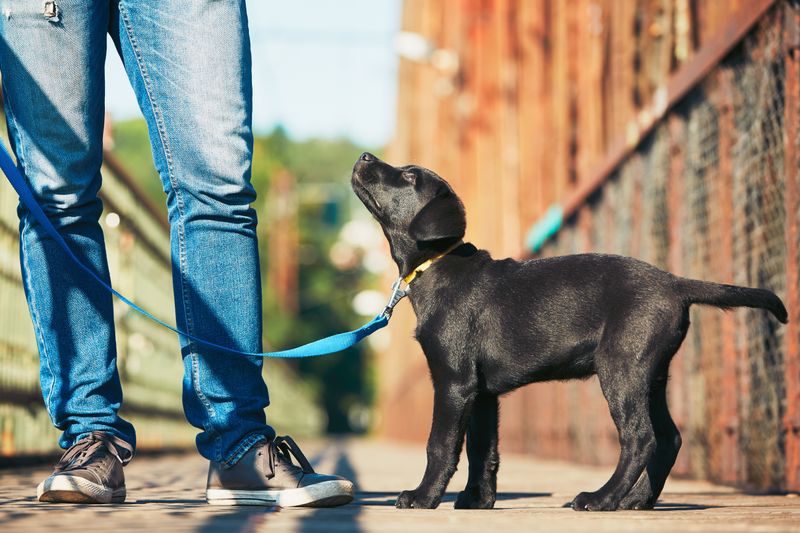
Strolling in the park isn’t just a breath of fresh air; it’s a symphony of new sights, sounds, and sniffs for your pup. Parks are bustling hubs of activity, the perfect stage for practicing social skills with people and other dogs alike.
Whether it’s the rustle of leaves underfoot or the chatter of joggers, walks expose your dog to different stimuli. Each walk is a lesson in staying calm amidst the chaos. As they saunter on the leash, they learn not to chase every squirrel that darts by.
Keep the leash loose; let them explore within safe limits. Encourage them to ‘say hello’ to other dogs politely, teaching them to sniff and greet without jumping. Walks in the park are daily doses of exercise and education, building a bond between you and your canine. Every step is a paw in the right direction towards a well-socialized dog. Plus, it’s an excuse for you to enjoy the beauty of nature! Who knew a simple walk could be such a pivotal milestone?
4. Obedience Classes
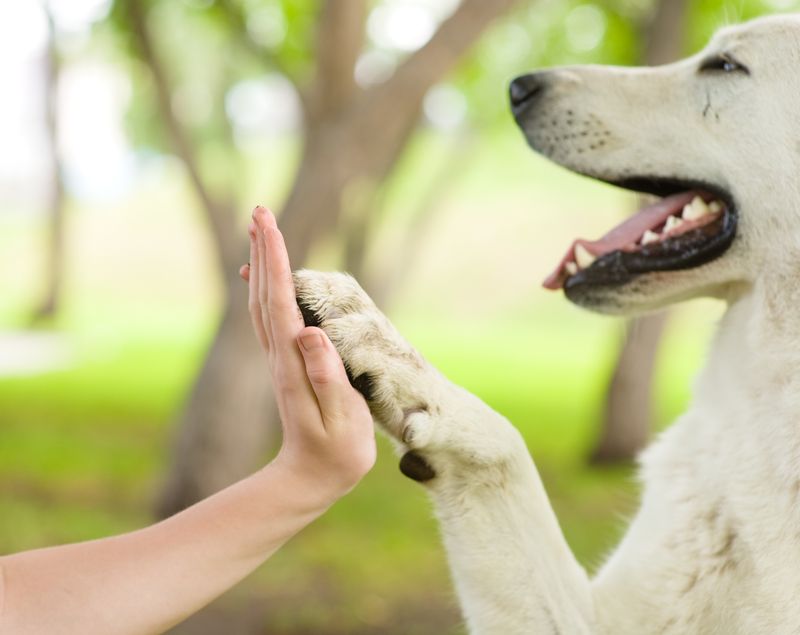
Enrolling your pup in obedience classes is akin to sending them to doggy college. These classes are more than just a lesson in ‘sit’ or ‘stay’; they’re about instilling discipline and social grace under structured guidance.
Here, your dog learns alongside peers, picking up essential commands while observing other dogs’ behaviors. Classes often incorporate free-play sessions, where pups can practice their newfound manners in a semi-controlled environment.
The added bonus? You get to learn too. Trainers offer insights into reading your dog’s body language and understanding their signals. These communal learning sessions foster respect and focus within your dog, helping them behave well in social situations.
By the end of the course, your pup not only gains a certificate but also a newfound confidence in their social abilities. It’s a win-win scenario that strengthens the bond between you and your furry scholar, paving the way for a lifetime of smooth social interactions.
5. Exploring New Places
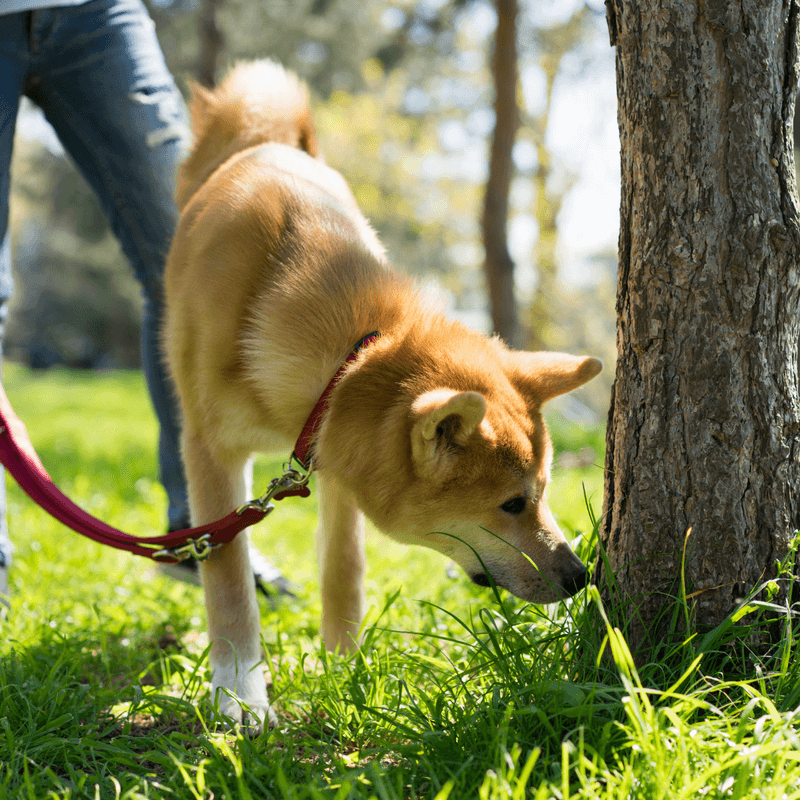
Why stick to the same old route? Introducing your dog to new places keeps their mind sharp and social skills sharp. From bustling markets to quiet beaches, each new environment presents a unique challenge and learning opportunity.
New places mean new experiences. Whether it’s the noise of a busy street or the serenity of a lakeside picnic, your dog learns to adapt and remain calm. They meet new people, other dogs, and maybe even a duck or two!
Remember to keep these adventures positive. Carry treats to reward calm behavior and offer reassurance when needed. Each outing helps build your dog’s confidence and reduces the likelihood of fear-based reactions.
These explorations are not just about socializing; they’re about enriching your dog’s world. The variety keeps life interesting for them and you, strengthening your bond with every new adventure. So go ahead, mix up your routine and discover the world together!
6. Meeting Different People
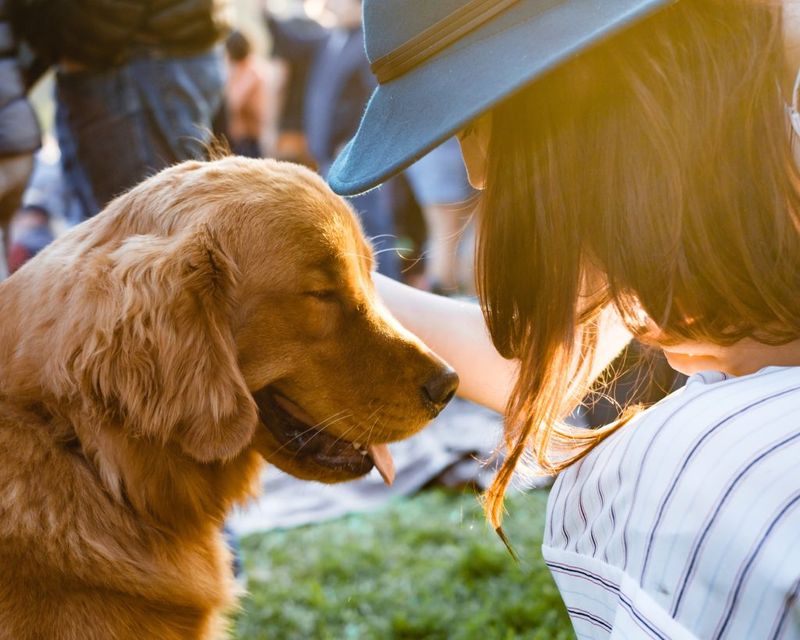
To socialize a dog well, it’s essential they meet a variety of people. From kids playing tag to the elderly enjoying a park bench, your dog should feel comfortable around all ages and sizes of humans.
Meeting different people teaches dogs to be gentle, especially around children. Kids tend to move quickly and unpredictably; early introductions help dogs remain calm amidst the commotion. Similarly, older individuals teach dogs the art of patience and gentleness.
Encourage people to interact with your pup by offering treats, letting your dog associate strangers with positive experiences. This builds trust and teaches your dog to be friendly rather than fearful.
By broadening their social circle, dogs learn to adapt to diverse human behaviors. Each new interaction is a building block in creating a well-mannered and adaptable canine companion. Your dog becomes an ambassador of good behavior, winning hearts wherever they go.
7. Car Rides
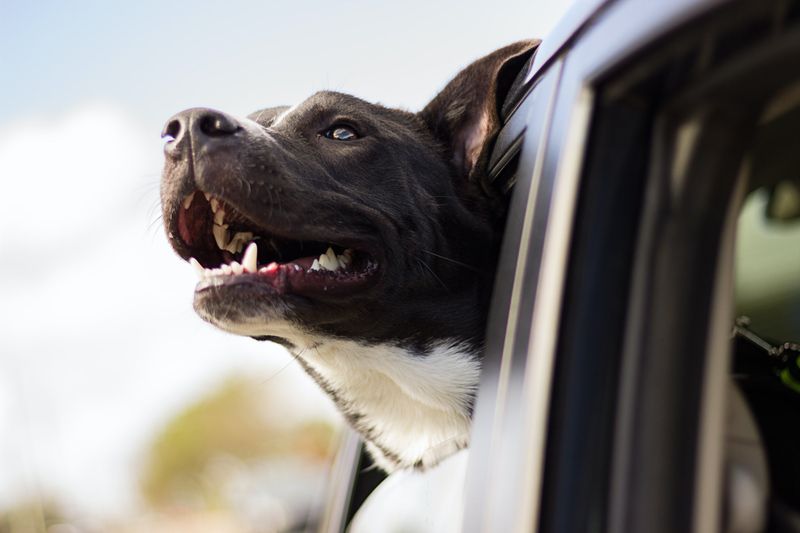
Ah, the classic dog-in-a-car-window scene! Car rides are a crucial part of socialization, offering both a change of scenery and an opportunity for your dog to adapt to moving environments. With the wind in their fur, dogs experience the world in a whole new way.
Start with short trips around the block, gradually building up to longer journeys. This acclimation helps prevent car sickness and anxiety. Positive reinforcement—like a treat or a favorite toy—makes the experience enjoyable.
During car rides, dogs are exposed to a wide array of sights and sounds. They learn to remain calm amidst the chaos of traffic, the blare of horns, and the hum of engines. It’s a moving classroom on wheels!
Regular car trips make travel an exciting adventure rather than a stressful event. Your dog will soon associate the car with fun outings rather than just vet visits. So buckle up, roll down the windows, and enjoy the ride together!
8. Handling Different Surfaces
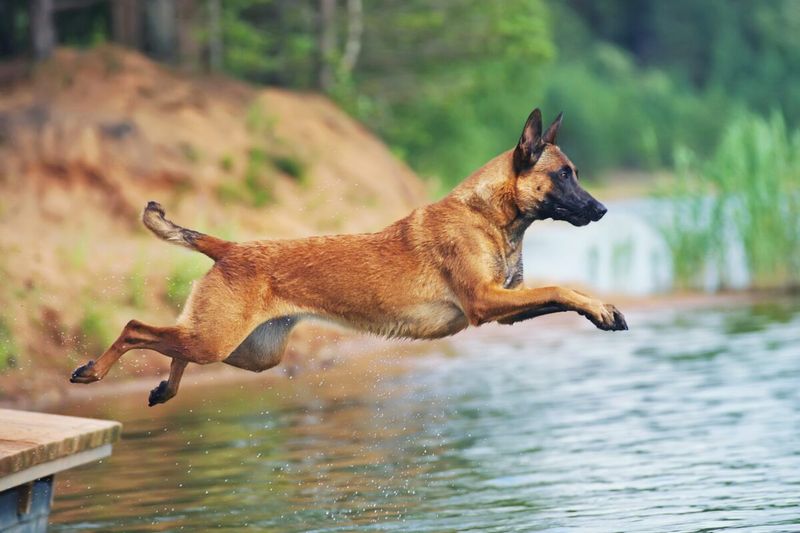
Dogs often face various textures underfoot, from slippery tiles to crunchy gravel. Introducing them to different surfaces is a subtle yet significant aspect of socialization. It’s not just about where they walk, but how they handle themselves.
Take your puppy on mini-adventures involving diverse terrains. Let them experience the squish of mud, the coolness of tiled floors, and the rustle of fallen leaves. Each surface is a new sensation, challenging them to adapt their movements.
These experiences teach dogs to be sure-footed and confident in unfamiliar environments. They learn to tread carefully, reducing the risk of panic in new settings. Plus, it’s an excellent opportunity for bonding as you guide them through these micro-challenges.
Incorporating varied surfaces into their routine prepares them for different life situations. Whether it’s a slippery vet floor or a rocky hiking trail, they learn to navigate with ease. With every step, they gain confidence, proving that life’s a walk in the park—no matter the ground underfoot.
